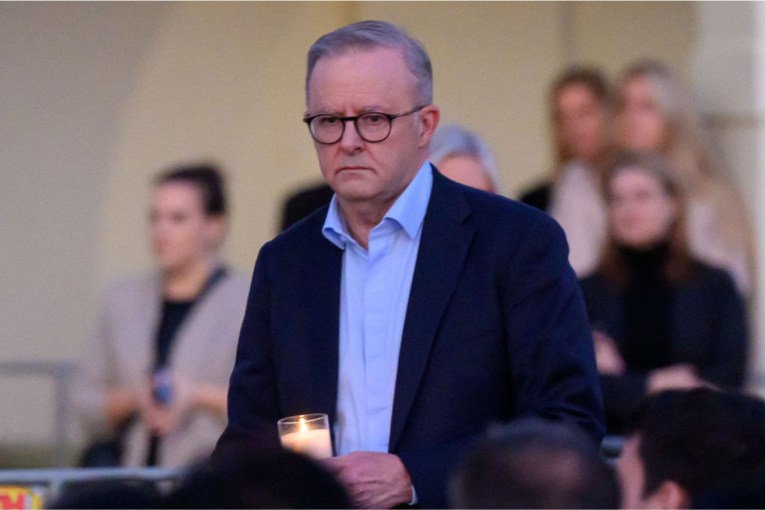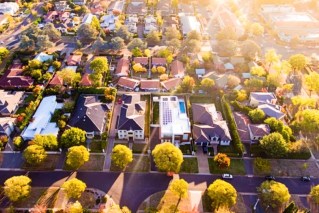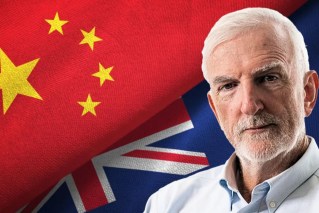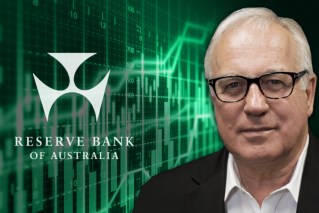Garry Linnell: The letter that showed us the true significance of space exploration
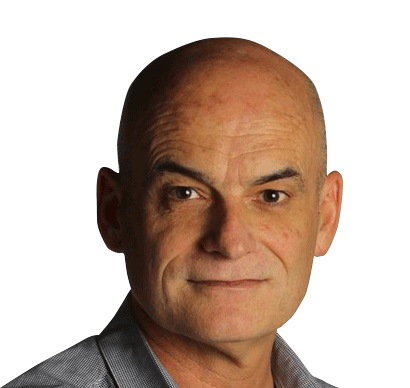
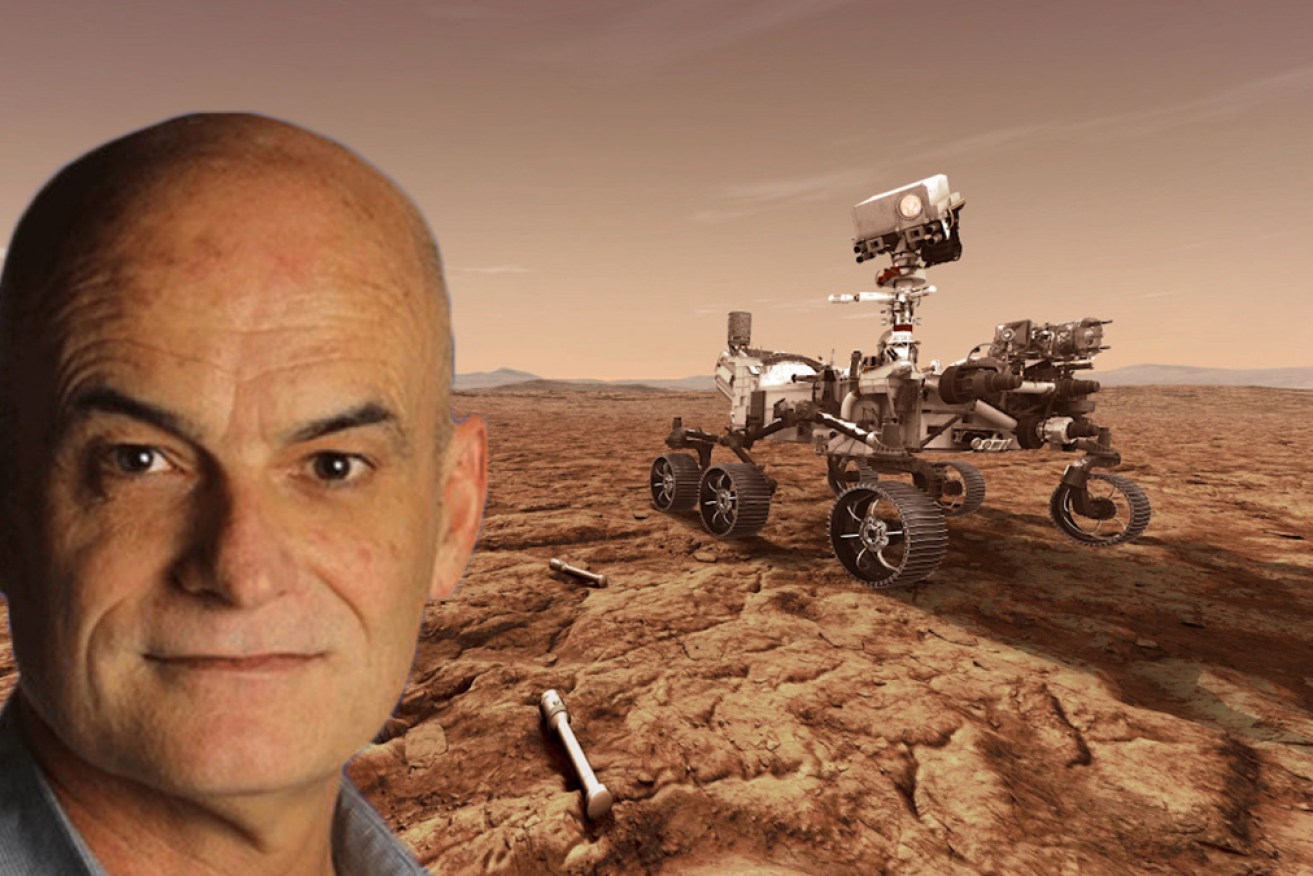
What's the point in exploring space, some ask. Betterment for all, Garry answers.
We used to look up at the sky and wonder at our place in the stars. Now we just look down, and worry about our place in the dirt.
– Matthew McConaughey, Interstellar
Sister Mary Jucunda knew all about dirt.
She saw it, felt it and no doubt tasted it every day in the Zambian town of Kabwe, where she cared for starving children with distended bellies and poisoned blood.
There was no escaping it. From the day a lost Australian geologist in 1902 had clambered up a steep hill and stumbled across a rich deposit of lead and zinc, Kabwe’s fate – and generations of its children – had been sealed.
By 1970, decades of mining and smelting had turned Kabwe into one of the most toxic places on Earth. And then along came a famine throughout eastern Africa to compound the misery.
A frustrated Sister Mary had seen enough. So she decided to write a letter.
The reply she received more than half a century ago still echoes today whenever people worry about our place in the dirt and why we spend so much money going to Mars – as we did once again last week with the astonishing touchdown on the red planet of NASA’s robotic rover Perseverance.
If Sister Mary was only too familiar with dirt, then the man she wrote to, Ernst Stuhlinger, knew all about the stars.
When he received her short letter questioning why billions of dollars were being spent on space exploration while so many children around her were starving to death, Stuhlinger was a senior director with NASA investigating the possibility of a manned mission to Mars.

Ernst Stuhlinger knew a thing or two about the stuff outside this world. Photo: Getty
One of a pioneering group of German rocket engineers, Stuhlinger had also experienced his own share of misery; a private in the German army during the war, he had been one of the few to survive the Battle of Stalingrad and the long retreat on foot through a bitterly cold Russian winter.
Sister Mary’s letter touched him – “because it came so much from the depths of a searching mind and a compassionate heart”.
His reply still remains the most sensible explanation for why the human race needs to continue reaching for the stars.
Stuhlinger told Sister Mary about a generous count who had lived in a small German town 400 years earlier and regularly gave much of his fortune to the poor.
“One day the count met a strange man,” wrote Stuhlinger, in what may have been an apocryphal story.
“He had a work bench and little laboratory in his house … he ground small lenses from pieces of glass; he mounted the lenses in tubes, and he used these gadgets to look at very small objects.
‘‘The count was particularly fascinated by the tiny creatures that could be observed with the strong magnification … he invited the man to move with his laboratory to the castle to become a member of the count’s household.
‘‘The townspeople, however, became angry when they realised that the count was wasting his money. ‘We are suffering from this plague,’ they said, ‘While he is paying that man for a useless hobby’.
‘‘‘I give you as much as I can afford’, said the count, ‘but I will also support this man and his work because I know that some day something will come out of it’.”
What came out of it, explained Stuhlinger to Sister Mary, was the microscope, an invention that would do much to usher in modern medicine and eliminate the plague and other contagious diseases.
“The count,” wrote Stuhlinger, “by retaining some of his spending money for research and discovery, contributed far more to the relief of human suffering than he could have contributed by giving all he could possibly spare to his plague-ridden community.”
There’s not enough room here to include all of Stuhlinger’s letter. You can easily find it in its entirety on the internet where Stuhlinger informs Sister Mary about data from satellites monitoring crops and weather leading to billions of dollars in agricultural improvements, and how thousands of technical innovations generated by the space program contributed to vast improvements in farm equipment, radios and medical instruments.
Stuhlinger might have been showing a touch of bias toward his German homeland on the subject of the microscope’s invention – Dutch lens makers and the extraordinary Italian astronomer Galileo Galilei are usually credited with its creation.
But as an exercise in explaining the curiosity of our species and our need to explore space, Stuhlinger’s letter to Sister Mary has probably never been bettered.
I read it again in full this week after watching the goosebump-inducing video footage depicting Perseverance’s perilous descent through the thin Martian atmosphere before gently touching down on its rust-stained dusty surface.
At the same time as Perseverance’s feet were being planted on Mars, social media in our little global village was filled with the same mutterings and criticisms that Stuhlinger’s count had experienced in that small German town 400 years earlier.

The events that occur in the final minutes of the seven-month journey NASA’s Perseverance rover takes to Mars.
“What a waste of money,” said someone on Twitter, summing up the standard criticisms that always follow any of our off-world exploration missions.
“$2-$3 billion spent on this? People on this planet die because they don’t have enough food or clean water.”
People are still dying, too, in places like Kabwe where the soil is as stained and lifeless as that on Mars.
But perhaps that is why we sometimes need to leave this planet in order to get a better view of our home.

There might not be life on Mars, but it helps us put ours in perspective.
When Stuhlinger sent his letter to Sister Mary Jacunda, he also enclosed a photograph of the earth captured by Apollo 8 while orbiting the moon in 1968.
That photo, writes Stuhlinger, “Opened our eyes to the fact that our Earth is a beautiful and most precious island in an unlimited void, and that there is no other place for us to live …never before did so many people recognise how limited our Earth really is”.
It was enough to convince Sister Mary. Despite being surrounded by so much death and poisoned dirt, she wrote back to Stuhlinger and thanked him.
She would, she said, never again question the need for space exploration.
Garry Linnell was director of News and Current Affairs for the Nine network in the mid-2000s. He has also been editorial director for Fairfax and is a former editor of The Daily Telegraph and The Bulletin magazine
